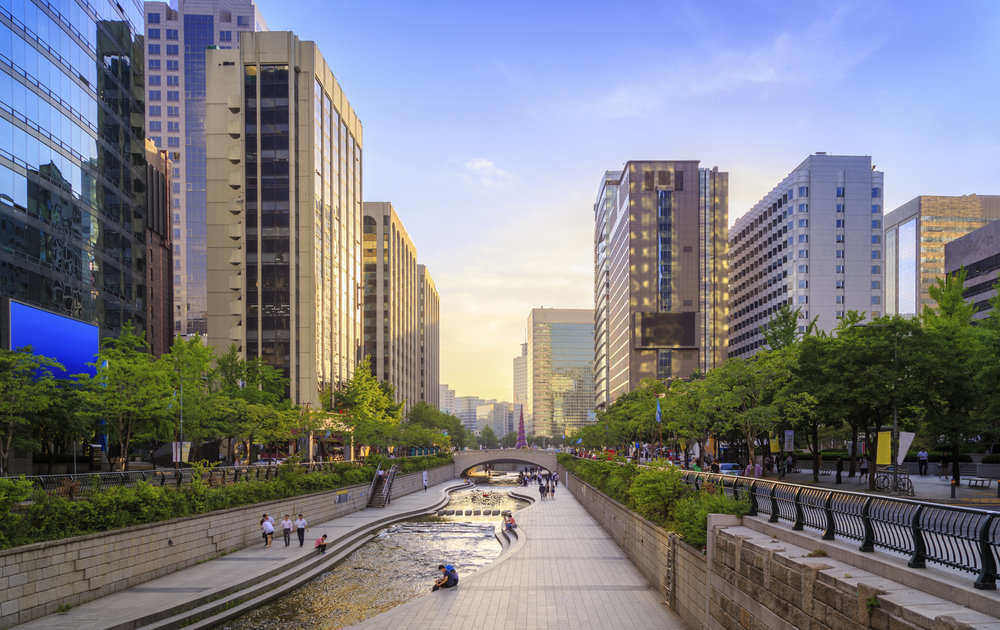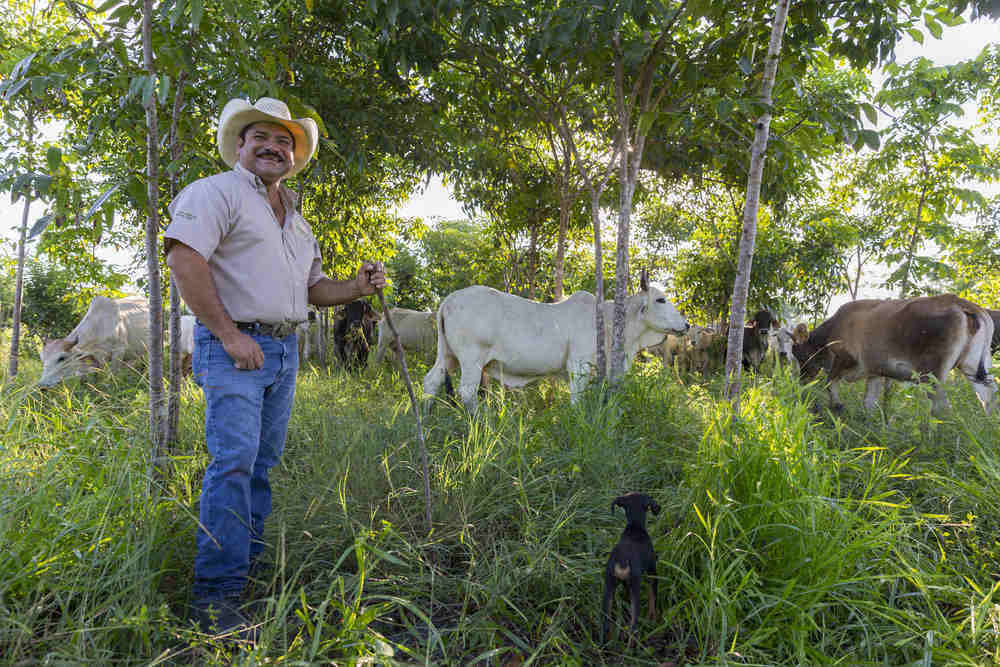


Climatic disruptions such as heat waves and air pollution are among the biggest challenges facing our cities today.
During the IFC Climate Business Forum 2018 participants explain why climate action is their business, how climate solutions are our business, and why everybody should be involved everywhere.
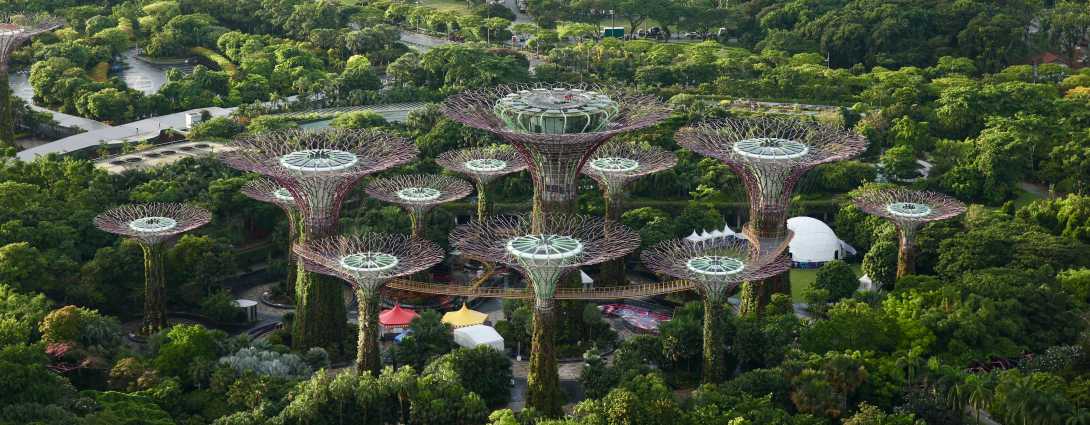
“Do you guys know what a floppy disk is?” One of my senior colleagues asked her younger co-workers over lunch at work recently. Their quizzical looks answered her question.
Understandable. People of my generation do not depend on floppy disks. It is tough for us to appreciate why it was impossible to use the landline and the Internet simultaneously. Memories of our family computer – a bulky deskbound computer that would heat up minutes after we’d switched it on – are tucked in the fringes of our minds.
Perhaps twenty years from now we will be asking similar questions – on our progress in mitigating climate change.
Why Did You Guys Throw Waste Away Without a Second Thought?
In 2039, waste – neither data nor oil – is the new gold. Similar to major oil companies expanding their portfolios by acquiring green energy firms, mining conglomerates are rushing to invest in urban mining. Sewage is sought after as material for syngas, a mixture of hydrogen, carbon monoxide, and carbon dioxide. Syngas can serve as both an immediate source of fuel and an intermediary to other sources of fuel. Moreover, syngas has been proven to be a cleaner source of fuel. And just as how Impossible Burgers started to gain traction twenty years ago, people are embracing the concept of their clothes being made out of recycled plastic.
All of this is thanks to technological advancements and increased economies of scale.
We may have had these ideas twenty years ago in 2019, but the cost of such technology limited us. This is nothing new. Singapore had the idea of recycling water on a mass scale in the seventies. It only materialized thirty years later in 2003, when the technology required was reliable and affordable enough to scale NEWater production.
Given the technological and economic constraints back then, achieving water recycling in thirty years can be considered impressive. Now that we have a deeper recognition of the value of waste, we are taking aggressive steps to make our 2039 economy completely circular.
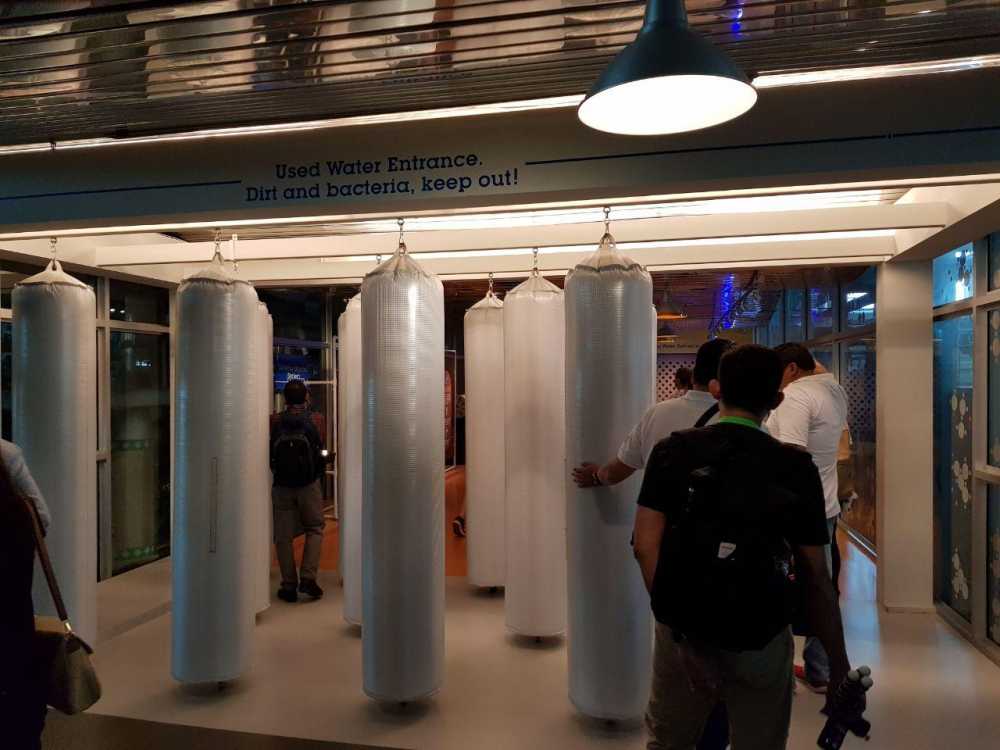
An exhibit simulating microfiltration in water treatment at the NEWater Visitor’s Centre.
Why Weren't Integrated Waste Management Facilities (IWMFs) Commonplace?
Syngas is a highlight product of waste treatment (the exact term is gasification) in IWMFs, one-stop hubs that reincarnate the different types of waste that we produce. Compared to traditional waste management plants, IWMFs are recognized to be more energy efficient and land optimising. Given that syngas is an energy source, integrated waste management facilities double as waste-to-energy facilities.
These are everywhere in 2039. In other words, whatever is flushed down the toilet, whatever leftover food that was thrown away a few hours ago ends up as electricity powering washing machines and refrigerators. In a few hours, not a few days.
IWMFs started out as centralized facilities, aimed at treating waste produced at the city level. Waste citywide was transported across the city to centralized IWMFs in Deep Tunnel Sewage Systems (DTSS), an equivalent of highways for waste. The idea of decentralized IWMFs came later, when stakeholders realized that it costs less to transport waste across a shorter distance and treat waste on a localized scale. Today, decentralized IWMFs are found in every district, and are responsible for generating energy for each district. They can also be found at commercial sites that are known to generate huge amounts of waste, such as shopping centers. While centralized IWMFs are more applicable for industrial purposes today, decentralized IWMFs are more prominent and relevant to our daily lives.
Hence, IWMFs then and now are analogous to first generation IBM computers vs. Macbooks. Both the former and the latter started out as centralized devices, evolving to decentralized, cheaper, ubiquitous and space-optimizing devices along the way.
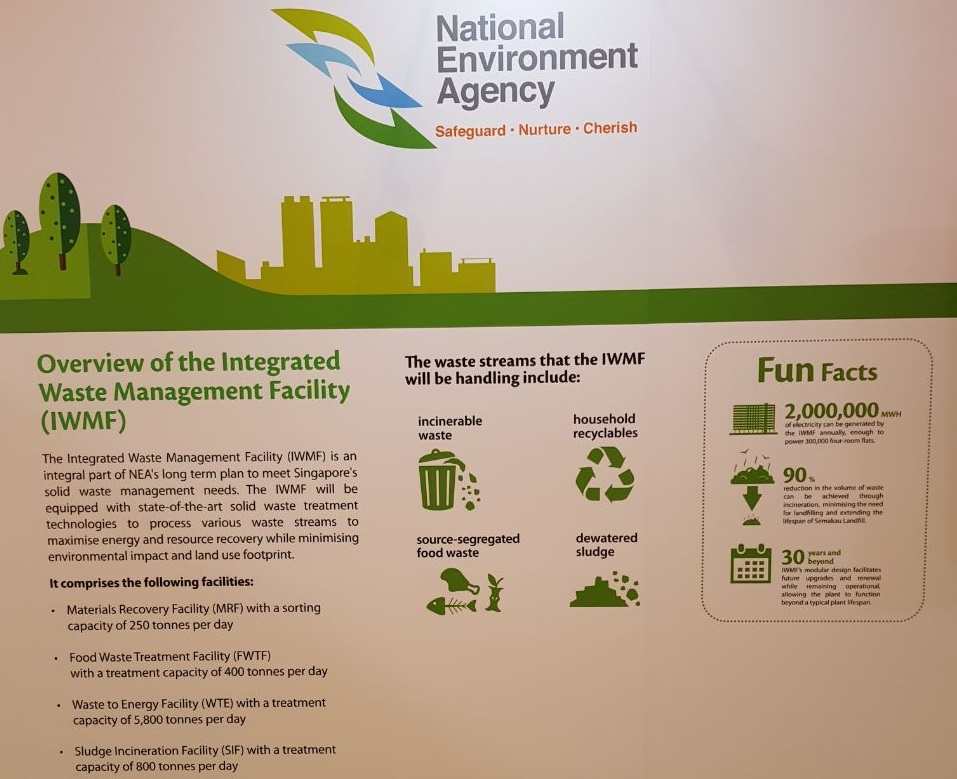
While investment backing and technological advances played key roles, it is important to note that the collection of waste entering IWMFs still needed to undergo some form of sorting before being fully utilized. Considering the sheer amount of waste produced each day, it was more cost-effective to have enforcement in place to drive the public and businesses to sort their waste.
Unfortunately, we were only starting to get serious about waste management in 2019 (it can be troublesome to sort waste, we know). One facet of Singapore’s Zero Waste Masterplan that launched in 2019 mandated that developers of new premises that were expected to be large food-waste generators set aside space for food-waste treatment systems from 2021, and treat such waste on-site from 2024. There were also plans made for campaigns to educate the public on recycling, with enforcement to kick in if necessary.
Meanwhile, we were also starting to experiment with decentralized IWMFs. During the Ecosperity Forum held in 2019, electrical company SP Group signed an agreement with Gardens by the Bay to collaborate on a two-year pilot project that aimed to tap the waste generated within the park and use it to generate the energy needed to run the tourist attraction. Gardens by the Bay was recognized for its sustainability mechanisms, which made it a suitable place to pilot this project.
How Did We Make the Shift to the Cleaner Sources of Energy We Use Today?
We employ a multi-pronged approach. Oil companies are motivated to stay relevant by diversifying their portfolios and investing in green energy. Meanwhile, we decentralize energy production, giving households and businesses the means to produce their own electricity by harnessing greener energy. We are considering encouraging peer to peer (P2P), or even consumer to consumer (C2C) trade of electricity. This is plausible considering the decreasing costs of production of green energy.
During the Innovate4Climate Forum held in Singapore in 2019, Steven Schofield, Senior Adviser on Energy and Climate Policy at Shell remarked that Shell is “not an oil company, but an energy company”. Indeed, Shell had a vision of becoming the world’s “the largest electricity power company in the world in the early 2030s”, as quoted from Maarten Wetselaar, director of Shell’s integrated gas and new-energies unit, in a televised interview with Bloomberg in March 2019.
In addition, Karen Muhksyan, Head of the Department for Territorial Development and Environmental Issues of Armenia, shared in 2019 that the Armenian government was using a loan program to encourage consumers to install solar panels so they could generate their own electricity. Moreover, consumers could sell surplus electricity to the Electric Networks of Armenia, a state-managed electrical company.
When the big players act, that’s the time for smaller stakeholders to take a leaf out of their books before they lose relevance in the market. To all the businesses in 2019, you know what to do.
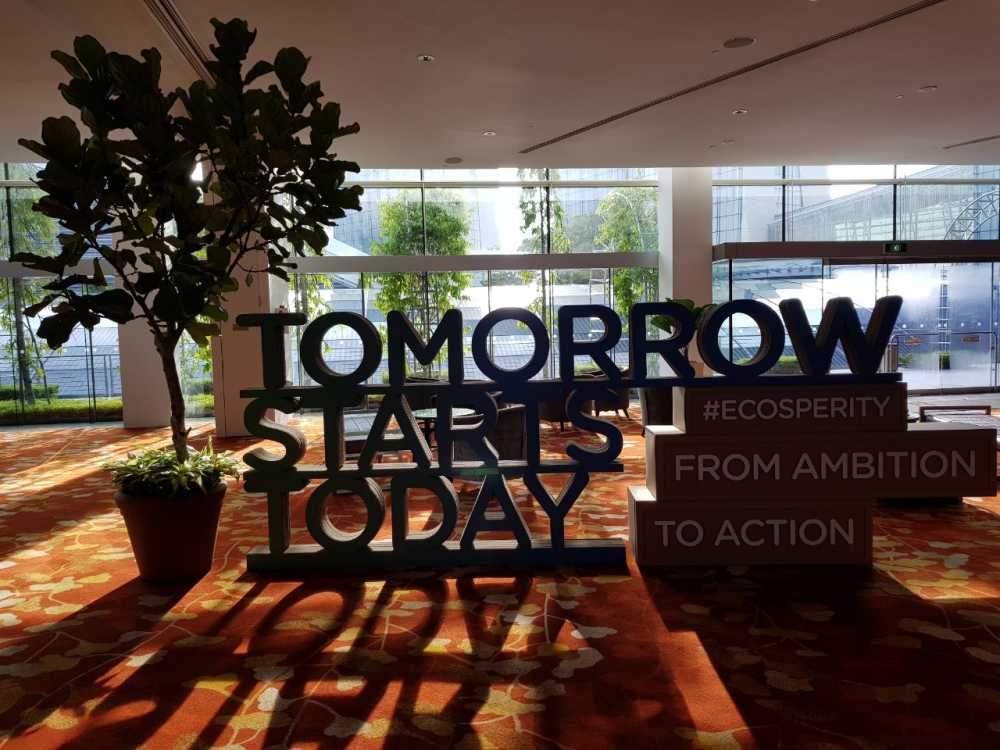
The Final Word: Back to 2019
And that is something I look forward to.
Joyce Gao, reporting from the #YouthTakeover team at Innovate4Climate in Singapore. Joyce will soon be entering her Junior year as a student at the Wee Kim Wee School of Communication and Information under Nanyang Technological University in Singapore.

At an elite Formula E auto race, sleek, slate-of-the-art vehicles dart between one another with dizzying speed and style while thousands of fans look on. The atmosphere is electric—and so are the cars. Presented by the Fédération Internationale de l'Automobile (FIA), the Formula E racing circuit does away with the fuel-guzzling vehicles of Formula 1 without sacrificing any of the associated thrills, demonstrating in major cities worldwide that electric cars represent a bright future for the auto industry.
As Formula E's most decorated driver, Lucas di Grassi, articulated at an "E-Prix" last year in Santiago, Chile, the proliferation of electric cars is a trend that benefits everyone, even setting aside its obvious benefits for the planet we all share. The cars of the future, he said, will be electric not merely because of environmentalism, but "because they will be cheaper to operate, they will be faster, and they will be more exciting."
This Friday and Saturday, Rome, Italy will play host to an E-Prix in which drivers will fly through tight, historic streets in their quest for a place on the podium. The main races will unfold on Saturday, with Friday reserved for diverse events in the spirit of outreach and education on electric cars and urban sustainability more broadly. These events represent the latest in the FIA's Smart Cities Forums program, which has gone hand in hand with global Formula E events for three years running.

Presided over by FIA president Jean Todt, the Friday festivities will include keynote speeches on the topics "How are Cities Preparing for the Urban Revolution?" and "New Mobility Services Transforming Cities," as well as a group presentation on "Policies for the Cities of the Future" and panel talks addressing the balance between old and modern modes of mobility and the importance of urban innovation. Representatives of Formula E racing will also address the crowd, walking those gathered through the advanced tech under the hood and emphasizing what it could mean for their city down the line.
Seven lucky students from Rome's own Link Campus University will team up with visiting students from France's multinational Sciences Po college to interview the speakers and racers directly on issues of urban sustainability, guided through their unique experience by Prof. Carlo Maria Medaglia, Link Campus's director of innovation. These students will be representating thousands of young pioneers in the field of urban sustainability, who are every day paving the way for a greener future across the globe.
As Alejandro Agag, CEO of Formula E Holdings, is quick to point out, Formula E racecars are a major help in catalyzing the transition to electric vehicles, the development of bold new technologies, and the reduction of harmful urban pollution. "Sport can show these cars going fast, aggressive—fun—changing the perception of these cars," he says, "and at the same time becoming a platform to improve the technology of electric cars through competition."

What word comes to mind when you think of “cities”? Busy? And when you think of “forests”? Peaceful? What if cities could be something different?
To date, cities have largely been problematic for the environment. They occupy just two percent of the world’s land. However, they account for over 60 percent of global energy consumption, 70 percent of greenhouse gas emissions and 70 percent of global waste. Because of their historical impact on air quality, fresh water, natural resources and energy, the current growth of cities and megacities is a worrying trend. In 1990, there were 10 mega cities with more than 10 million inhabitants. In 2014, there were 28 mega cities. Today, over 50 percent of the global population lives in cities and by 2050 that number will rise to 70 percent.
But cities don’t have to be this way. New strategies and technologies are emerging every day to make cities a cleaner, safer, nicer place to live, both for the benefit of the environment and for the humans who make them their home.
How 7 cities are harnessing the power of urban trees:
1. Using parks to preserve biodiversity - In 2015, the City of Johannesburg in South Africa united all of its parks under one management in order to reduce confusion about areas of responsibility and ensure a set of common standards. This new agency’s goal is to build and maintain more parks with existing funds. Parks, trees and well-managed forests in and around cities help to counteract the impact that growing cities have on habitat loss. Instead, parks and forests maintain and increase biodiversity by providing habitats, food and protection for many plants and animals.
2. Boosting happiness with urban trees - In 2010, Vancouver, Canada adopted a bold strategy called “Green Vancouver,” an initiative to reduce the city’s environmental footprint. With ten goals, including green buildings, energy efficient transportation, zero waste, clean water and air, the city of Vancouver also highlighted the importance of access to nature. The strategy aimed to ensure that, by 2020, every person will live within a five-minute walk of a park, greenway or other green space, pushing the municipality to plant an additional 150 000 urban trees between 2010 and 2020. By 2014, the city had already planted 37 000 trees. Studies show that trees boost happiness and reduce stress levels. Incorporating them in cityscapes makes neighborhoods more liveable places and improves the well-being of its inhabitants.
3. Cooling cities naturally - In May 2013, the European Commission promoted the use of green infrastructure, which it defines as “a network of spaces with public or private agricultural or landscaped natural vegetation.” In response, Barcelona, Spain created a Green Infrastructure and Biodiversity Plan, where green corridors connect green urban spaces such as forests, parks and vegetable gardens. Green spaces within a city and strategic placement of trees in urban areas can cool the air by up to 8 degrees Celsius, reducing the need for air conditioning by 30 percent.
4. Removing pollutants from the air with urban forests– Arnhem, Netherlands implemented urban forests as part of its new “Green Agenda.” The municipal government, along with NGOs and experts, helped to develop and define the implementation of green infrastructure in the city. Urban trees are important parts of a city’s infrastructure because they serve as effective air filters, removing harmful pollutants in the air. They also store carbon which helps mitigate the impacts of climate change in and around urban areas.
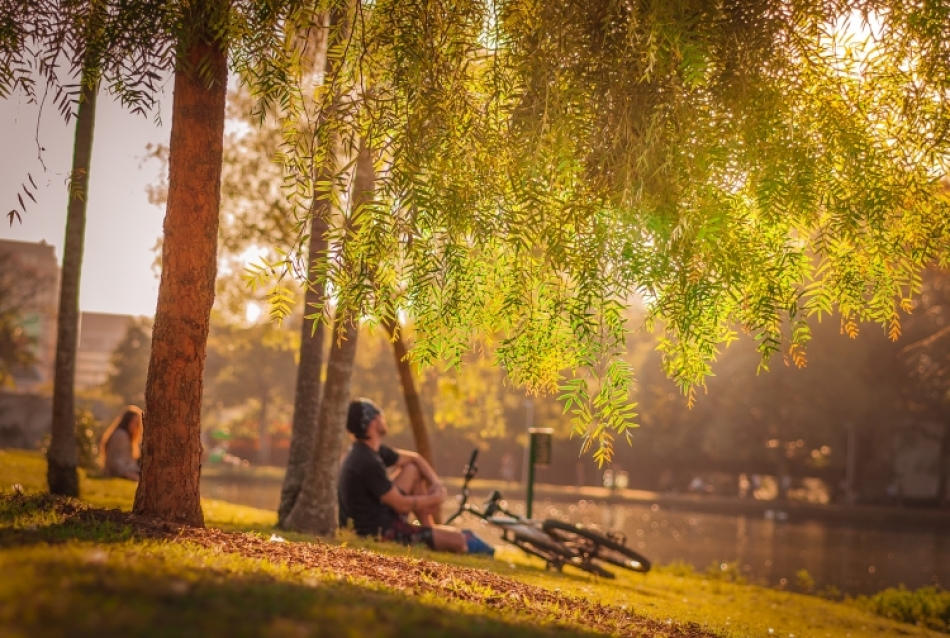
5. Promoting healthy lifestyles with green spaces- In 2004, China’s State Forestry Administration officially launched the “National Forest City” programme with both strong national policy support and successful local community involvement. It had two main goals: planting trees and “growing green minds” among its citizens. To acquire the status of a national forest city, a city must meet 38 standards and indicators in the areas of administration and organization, management and forest development. By 2015, more than 170 cities and 12 provinces were actively involved the National Forest City programme. Tree cover in these urban communities had increased to 40 percent or more, up from less than 10 percent in 1981. Nine cities on the Pearl River Delta in South China will become the country’s first national forest city cluster which should be completed by 2020. Urban green spaces, including forests, encourage active and healthy lifestyles, improve mental health, prevent disease and provide a place for people to socialize.
6. Planting trees that provide food and medicine for local populations -In the Arabian Peninsula in general and the Gulf countries, such as the United Arab Emirates and Sultanate of Oman, in particular, palm trees are specifically bred, grown and planted on streets to produce dates for public consumption as "sadaqua”, which means charity. In Abu Dhabi, for instance, several million palms were grown to line avenues for passersby to pick; the rest is harvested by municipalities. Similarly, in many homesteads in Sudanese cities, date palms are planted to produce fruits that will be consumed at home or offered to guests at Ramadan and other important occasions. Along with many other benefits, trees can also provide local populations with fruits, nuts and leaves as food or medicines for use in the home or as a source of income.
7. Creating planted forests to reduce pressure on natural forests - Dhaka has a population of more than 14 million people and a poverty rate of 30.5 percent. In 2006, FAO analysed the contribution of urban forests to the livelihoods of poor people in the city and found that urban forestry can increase their quality of life by providing, for example, employment in nurseries and other forest-related industries. Most of the poor in Dhaka lack access to city services, such as electricity and safe drinking water; urban forestry can help fill the needs gap by supplying wood fuel and helping purify water. Wood fuel sourced from urban trees and planted forests on the outskirts of cities provides renewable energy for cooking and heating and reduces the pressure on natural forests. These forests also help to filter and regulate water, contributing to high-quality freshwater supplies for millions of people.
Urban trees and sustainable cities aren’t just environmental choices. There are also many economic benefits of urban trees and forests. In the city of London, it is estimated that trees help save GBP 260 million every year in buildings’ energy costs. Forests in cities and surrounding areas generate tourism, create tens of thousands of jobs and advance city beautification schemes, building dynamic, energetic and prosperous green economies.
For whatever the reason, and there are many, urban forests should be a part of how we rethink our current and future cities. The environment and the city dwellers of the future will thank us.
Banner image courtesy of Jeff Gunn. Thumbnail from the FAO's original article.
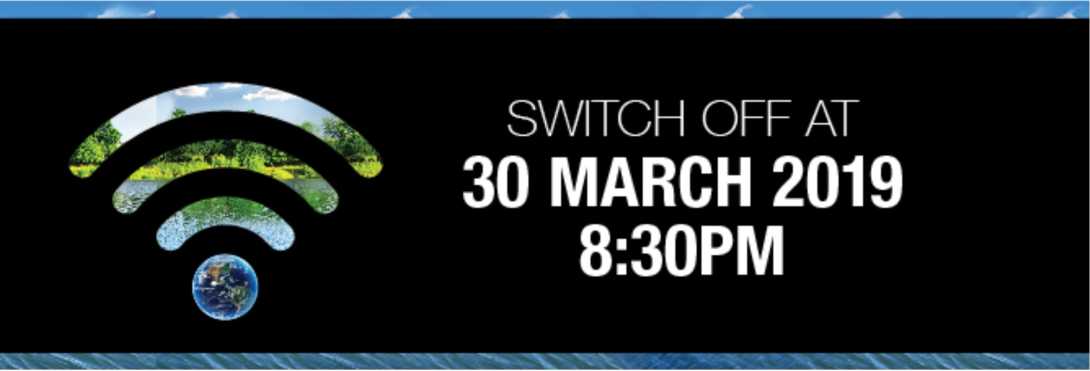
Connect4Climate resumes activities in loving memory of our dear friend and climate champion, Max Thabiso Edkins.
Please join us on Earth Hour, March 30, 8:30-9:30 pm local time, as we turn off the lights and honor Max’s legacy.
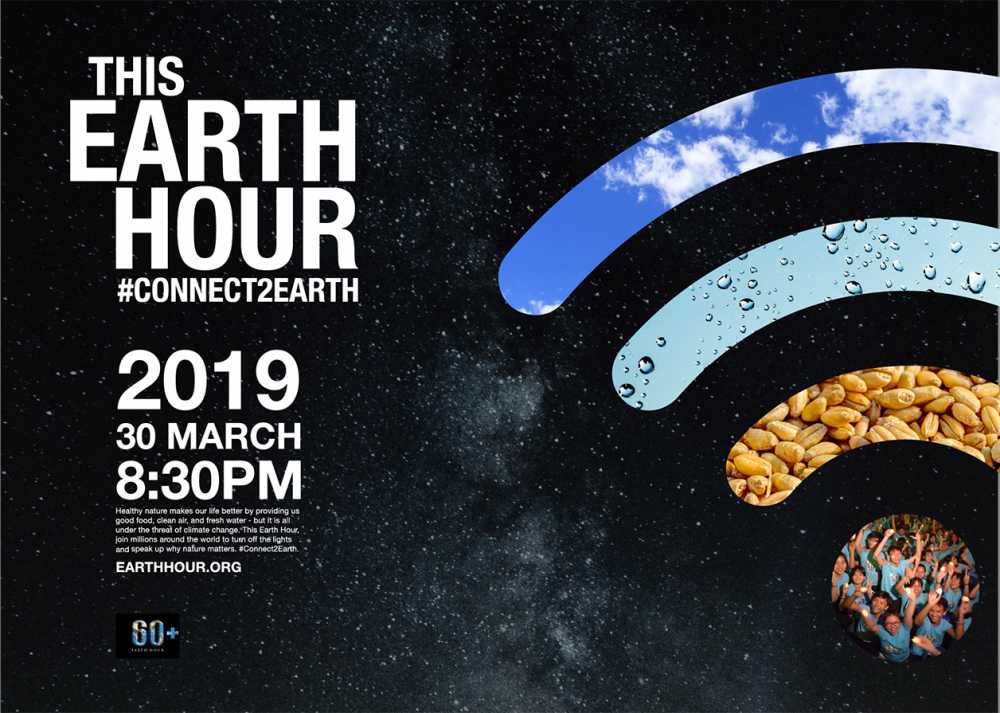
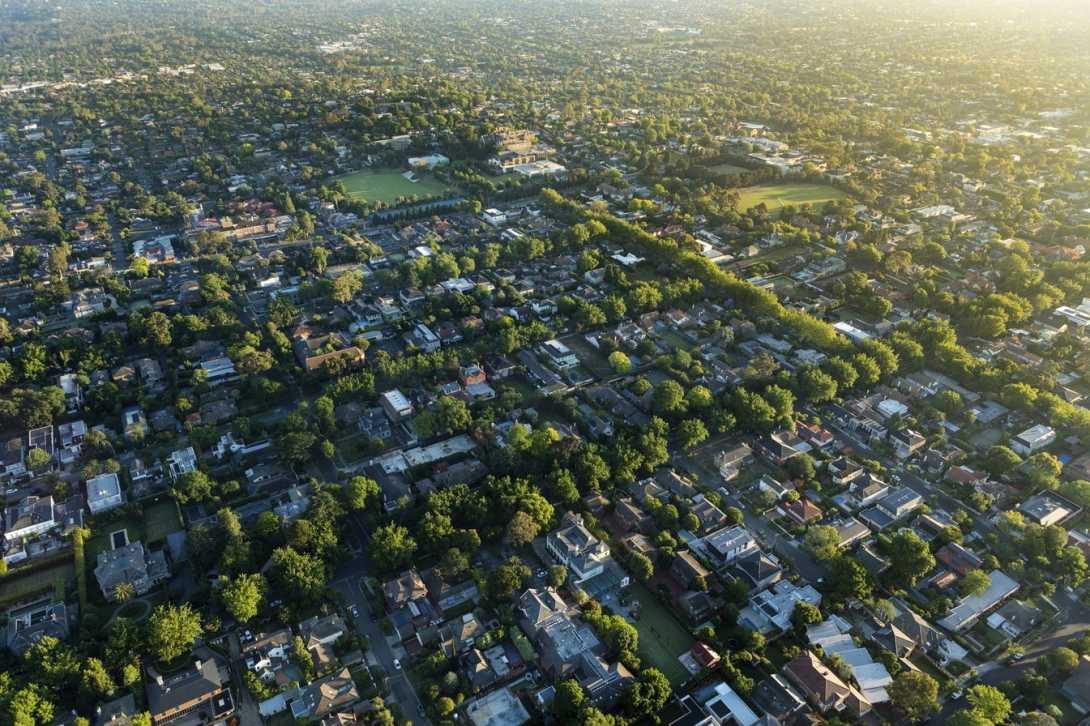
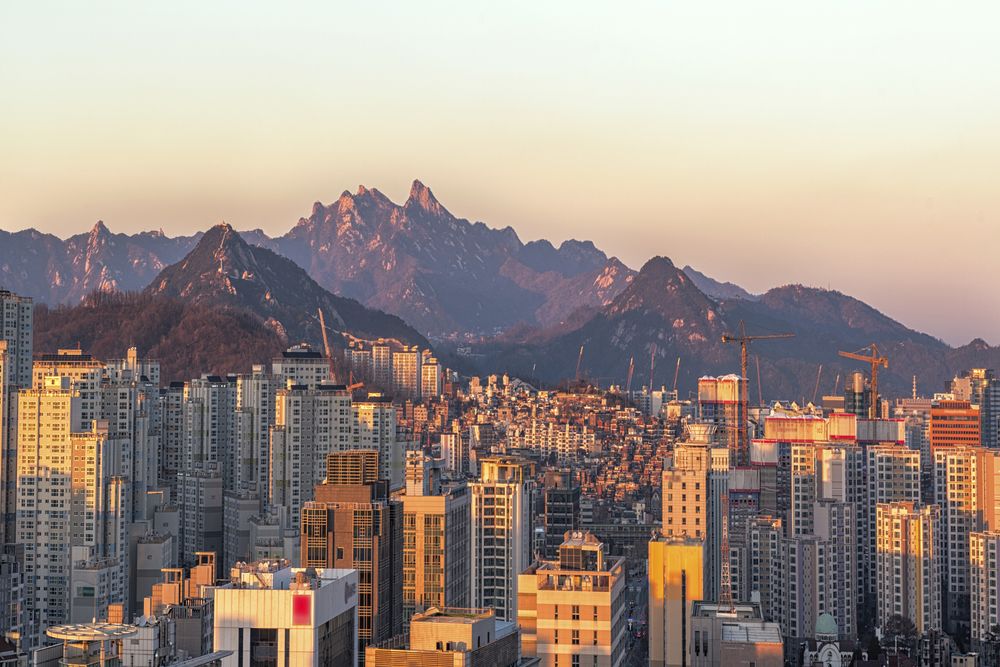 Bukhansan National Park rises up behind the cityscape of Seoul, South Korea. Photo Credits: iStock
Bukhansan National Park rises up behind the cityscape of Seoul, South Korea. Photo Credits: iStock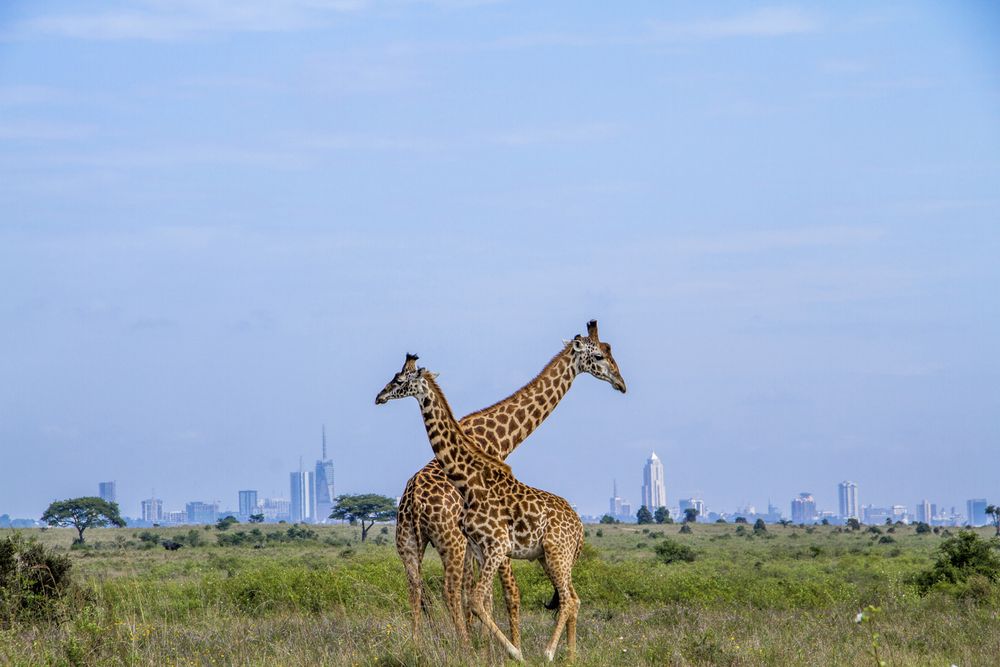 Maasai Giraffes in Nairobi National Park, on the outskirts of Nairobi, Kenya. Photo Credits:Boniface Muthoni/TNC Photo Contest 2017
Maasai Giraffes in Nairobi National Park, on the outskirts of Nairobi, Kenya. Photo Credits:Boniface Muthoni/TNC Photo Contest 2017
